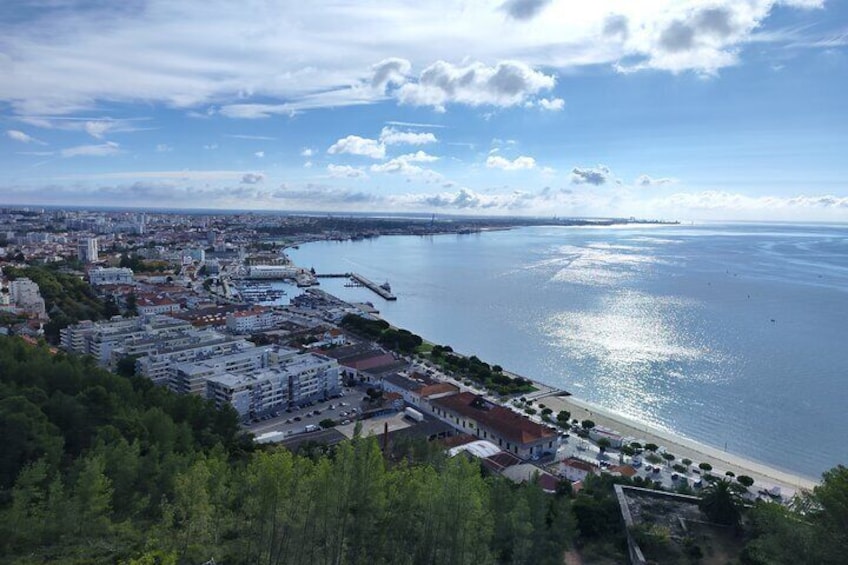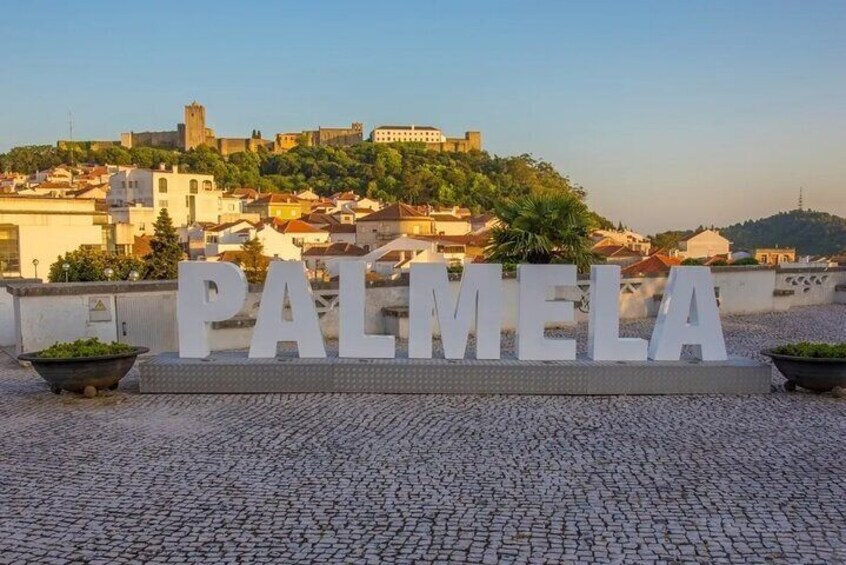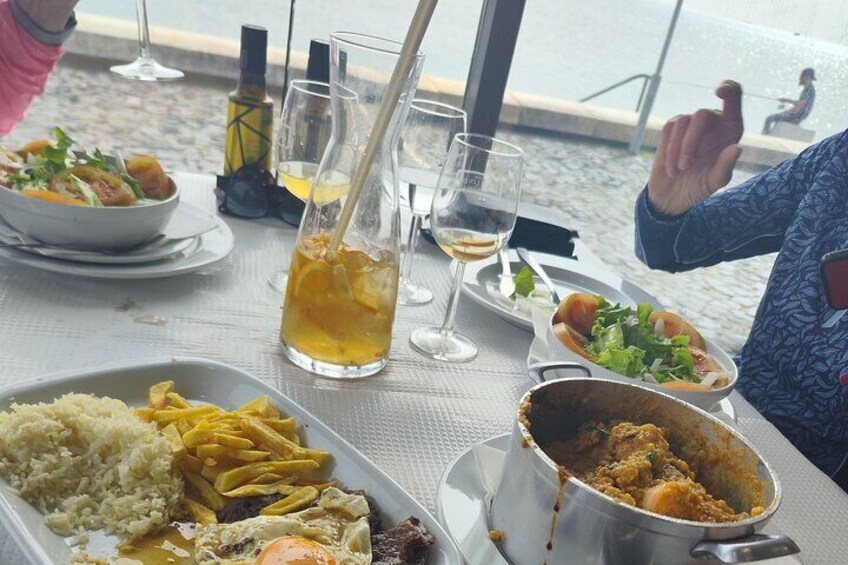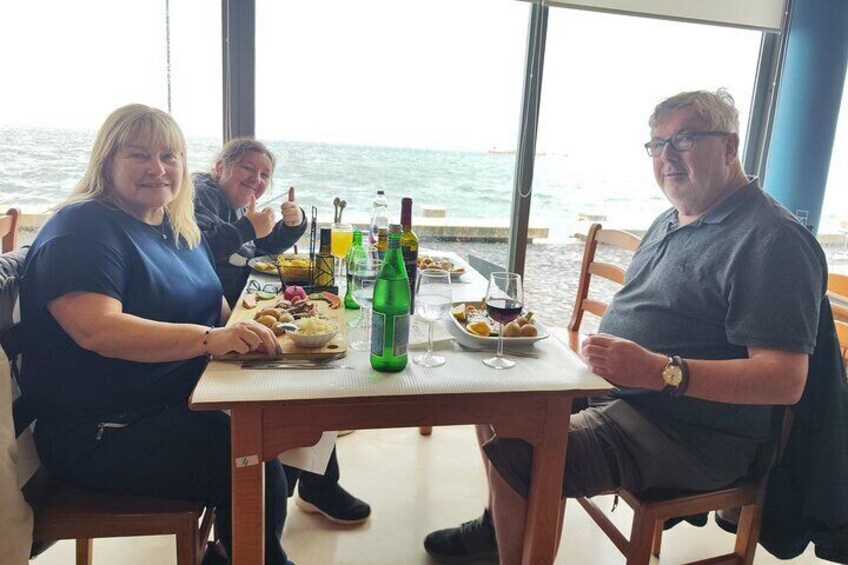Members save 10% or more on over 100,000 hotels worldwide when you’re signed in





Setúbal, Nature&Culture, among castles, mountains and beaches
Features
- Free cancellation available
- 8h
- Mobile voucher
- Instant confirmation
- Selective hotel pickup
- Multiple languages
Overview
The most complete tourist programme
Get ready for stunning landscapes, incredible beaches, historic sites, and delicious cuisine, ending at the Iconic Cristo Rei.
Setúbal, one of the most beautiful bays in the world, with the Livramento Market, famous for its variety of fruits, fresh fish and local products.
The Fortaleza de São Filipe, an ancient fort that offers stunning views of the ocean and the city, and the Arrábida Natural Park, famous for its paradisiacal beaches.
Palmela, a picturesque village with a stunning medieval castle.
an ancient fortress that offers incredible views of the region.
Sesimbra, a charming village, with the Fortaleza de Santiago, the majestic Castle of Sesimbra and the wonderful sanctuary of Nossa Senhora do Cabo Espichel.
Cristo Rei, an impressive monument that offers stunning views over the city of Lisbon.
This tour is a unique opportunity to explore the rich history, culture and stunning landscapes of this region.
Activity location
- Castelo de Palmela
- 2950-997, Palmela, Portugal
Meeting/Redemption Point
- Castelo de Palmela
- 2950-997, Palmela, Portugal
Check availability
Full day tour in Setúbal, between castles, mountains and beaches
- 8h
- English
Pickup included
What's included, what's not
- WiFi on board
- Air-conditioned vehicle
- Lunch, which is paid separately from the tour, will be in a typical restaurant in the Setúbal region, where you can taste the region's best delicacies.
Know before you book
- Infants and small children can ride in a pram or stroller
- Service animals allowed
- Infants are required to sit on an adult’s lap
- Suitable for all physical fitness levels
Activity itinerary
Castelo de Palmela
- 45m
Mercado do Livramento
- 30m
SetubalSouv
- 15m
Church of the former Monastery of Jesus
- 15m
Castelo de Sao Filipe
- 45m
Serra da Arrabida
- 45m
Portinho da Arrabida
- 30m
Castelo de Sesimbra
- 45m
Fortaleza de Santiago
- 45m
Cabo Espichel
- 1h
Santuario Nacional de Cristo Rei
- 45m
Location
Activity location
- Castelo de Palmela
- 2950-997, Palmela, Portugal
Meeting/Redemption Point
- Castelo de Palmela
- 2950-997, Palmela, Portugal